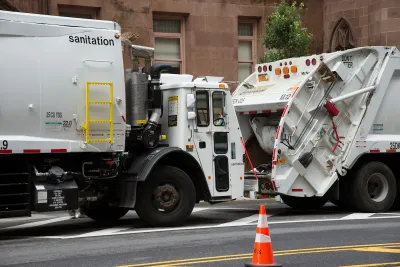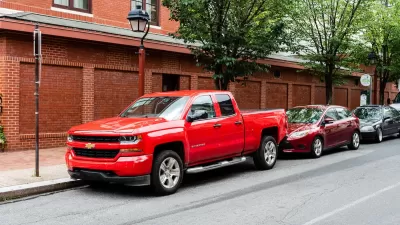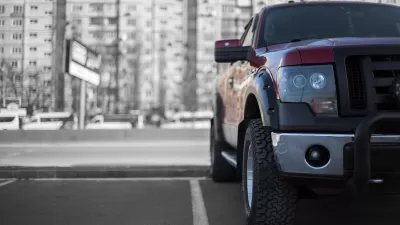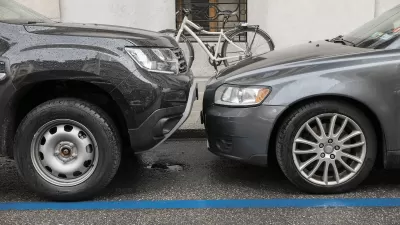Designing large trucks to ensure better visibility for drivers can reduce fatal crashes and improve workplace safety.

A nonprofit calling itself Together for Safe Roads is promoting a vehicle design approach dubbed “direct vision,” which prioritizes pedestrian safety by removing blind spots, particularly for large trucks and industrial vehicles.
As Megan Quinn explains in Smart Cities Dive, the Direct Vision Leadership Council, launched by the organization, “believes better adoption of such designs, alongside additional vehicle safety methods, will reduce crashes.”
According to Quinn, “ TSR says the design could lower incidents such as pedestrian collisions by about 23% compared with “conventionally designed” trucks. It recently published a direct vision fleet transition guide to help operators integrate the vehicles into fleets.”
Some cities are already taking action. New York City’s sanitation company uses direct vision design trucks for waste hauling. “Other waste companies, such as Republic Services, are integrating new vehicles into their fleets that have additional safety features including 360-degree external cameras, lane-departure sensors and a direct vision cab design.” A city law passed in 2024 requires all city truck purchases to include 360-degree cameras or other direct vision technology. London, which has required some trucks to meet direct vision standards since 2019, saw a 49 percent reduction in fatal crashes involving large trucks.
FULL STORY: ‘Direct vision’ truck designs could reduce injuries, fatalities on city streets, stakeholder group says

Alabama: Trump Terminates Settlements for Black Communities Harmed By Raw Sewage
Trump deemed the landmark civil rights agreement “illegal DEI and environmental justice policy.”

Study: Maui’s Plan to Convert Vacation Rentals to Long-Term Housing Could Cause Nearly $1 Billion Economic Loss
The plan would reduce visitor accommodation by 25% resulting in 1,900 jobs lost.

Why Should We Subsidize Public Transportation?
Many public transit agencies face financial stress due to rising costs, declining fare revenue, and declining subsidies. Transit advocates must provide a strong business case for increasing public transit funding.

Wind Energy on the Rise Despite Federal Policy Reversal
The Trump administration is revoking federal support for renewable energy, but demand for new projects continues unabated.

Passengers Flock to Caltrain After Electrification
The new electric trains are running faster and more reliably, leading to strong ridership growth on the Bay Area rail system.

Texas Churches Rally Behind ‘Yes in God’s Back Yard’ Legislation
Religious leaders want the state to reduce zoning regulations to streamline leasing church-owned land to housing developers.
Urban Design for Planners 1: Software Tools
This six-course series explores essential urban design concepts using open source software and equips planners with the tools they need to participate fully in the urban design process.
Planning for Universal Design
Learn the tools for implementing Universal Design in planning regulations.
Caltrans
Smith Gee Studio
Institute for Housing and Urban Development Studies (IHS)
City of Grandview
Harvard GSD Executive Education
Toledo-Lucas County Plan Commissions
Salt Lake City
NYU Wagner Graduate School of Public Service





























